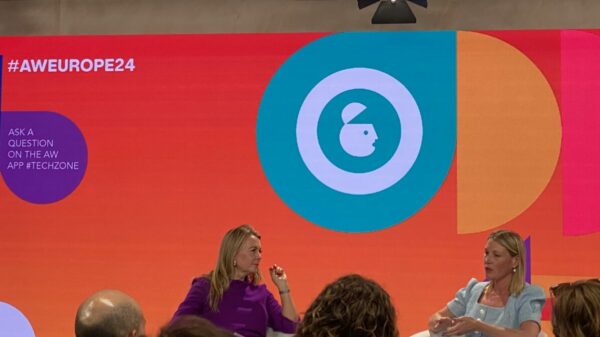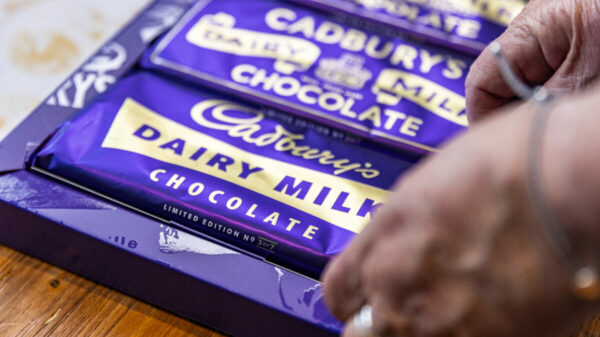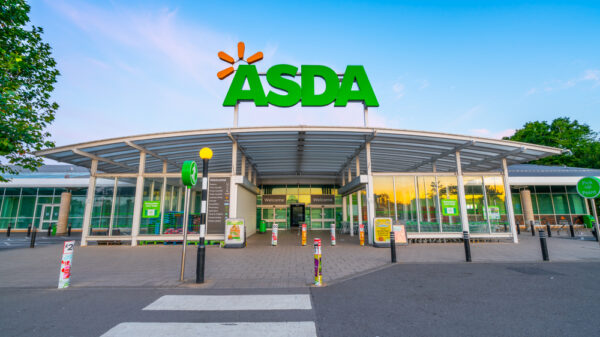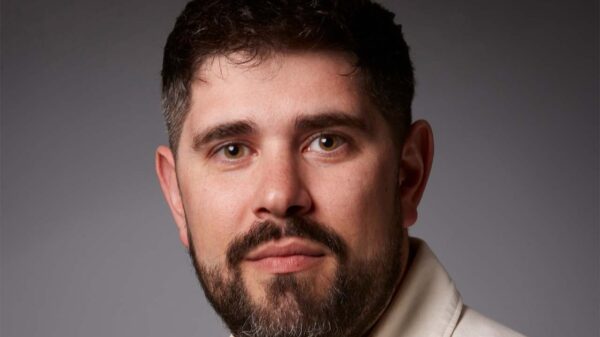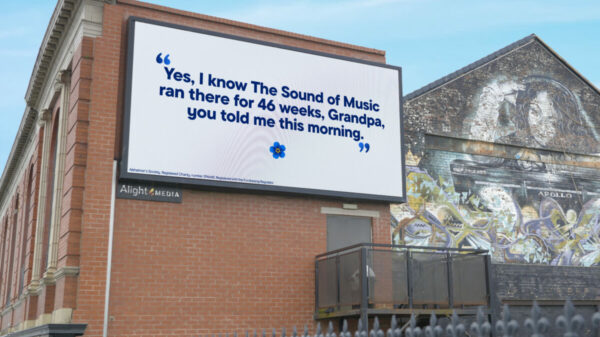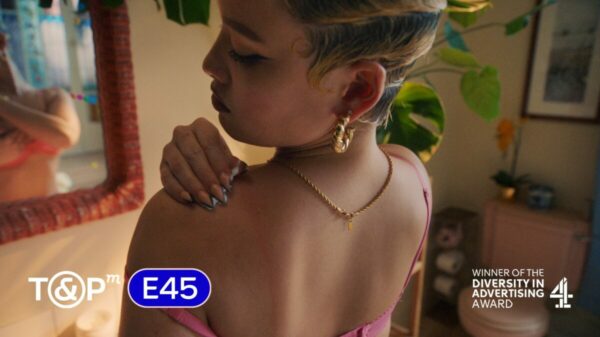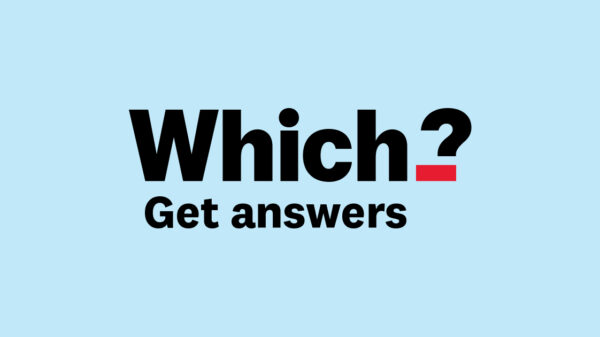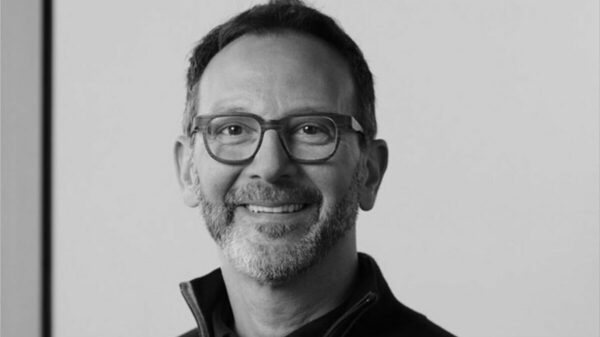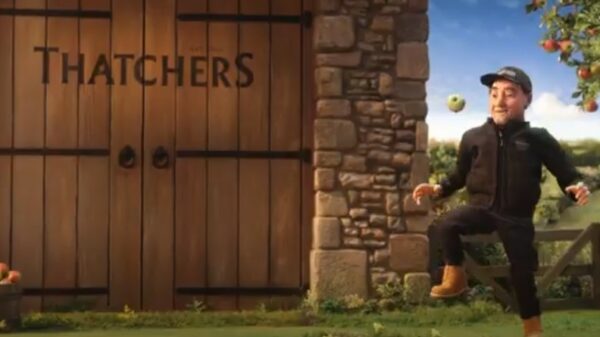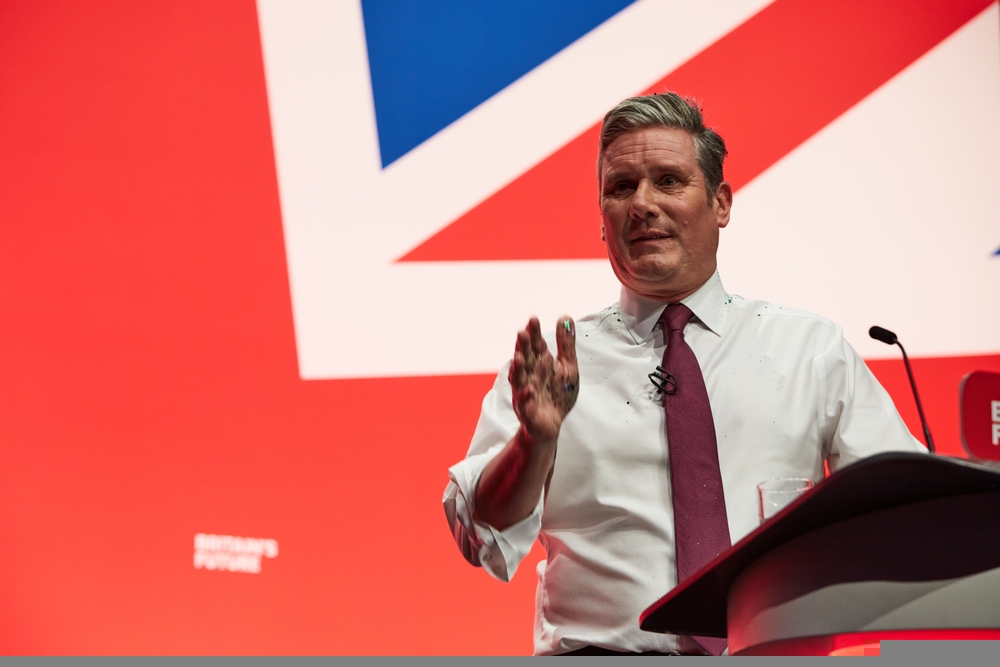Is disability inclusion in the marketing sector more attainable than ever before? The short answer is yes. Yes, it is.
This is what Purple Goat’s head of strategy Dom Hyams and Strongbow’s parent company Heineken brand head of cider, Rachel Holms are letting brands know, in an attempt to install more confidence in marketers to reach out and follow their lead when it comes to disability inclusion.
Here, the pair share their insights on how to guide brands on the importance of disability inclusion and guiding brands towards true representation, because – spoiler alert – it’s easier than you’d think.
Purple Goat, Strongbow and the inclusivity project
Established in 2020, Purple Goat Agency is the world’s first disability-led and disability-focused marketing agency. It is the sister company of global social media and influencer marketing business The Goat Agency, which was recently acquired by ‘big six’ agency WPP.
The agency strives to crush outdated tropes and break the stereotypes of disability through progressive campaigns with brands, prioritising authentic storytelling every step of the way.
‘”As an organisation, we understand nobody is perfect”, Hyams begins. “We see people not engaging in disability inclusion because they don’t know where to start.”
“There’s a lot of fear around it, which for us is a real challenge. But one of our goals is just to remove that fear and make clients more comfortable to have a conversation about the inclusivity journey they’re on.”
This is where Strongbow comes in. After the brands’ attention-grabbing Strongbow Ultra goat-focused campaign, Purple Goat reached out for a chat with the cider brand – simply because they both talk about purple goats. It was the conversation that led to the start of something great.
Strongbow’s approach to inclusivity and diversion was very different before it began working with Purple Goat. Holms pointed out that while the brand’s intention was to represent “every single consumer under the sun”, there was also a “level of naivety” and lack of understanding in how to go about this.
“Simply having a [visibly disabled] person in a wheelchair in a creative campaign does not represent how diverse the community is,” she explains.
“It is not necessarily just consumer-facing changes we are making – much of the work is also taking place behind the scenes.”
Between them, Purple Goat and Strongbow have created detailed inclusivity plans, which involve including representative talent both behind and in front of the camera. This can include everything from working with disabled creators leading campaigns and offering their insights, to making sure live adverts are diverse and easily accessible for the entire community, with features such as audio captions.
Other initiatives have included surveying the public to ensure Strongbow can represent the disabled community as accurately as possible, as well as being the headline sponsor for this year’s Pride parade in Brighton and Hove.
The latter was a particular success, with Strongbow-led events teaming up with Purple Goat to provide British Sign Language (BSL) interpreters. All signage was also inclusive and the actual space itself was designed to be accessible for everyone.
“It was incredible”, Hyams says, “but most importantly it was only the first step.”
The accessibility of disability inclusivity in the marketing sector
Brands who are reluctant to invest in disability inclusion because of a tight budget should not worry about any financial burdens, as both Hyams and Holms explain, the small changes “cost nothing”.
“It’s not about the cost,” Hyams stresses, as “there are so many inexpensive things brands can do – from something as simple as how you approach social media, to captions on videos… Alt text and image descriptions are also among the easiest things a brand can do to make things accessible and inclusive – and they cost nothing.”
Holms agrees, pointing out that finances are an especially lukewarm excuse for big brands with proportionately larger budgets.
“The additions needed to make a creative campaign disability inclusive are not expensive,” she says.
“After production, just to get those slight edits to make sure that its inclusive does not cost much. If you’ve got money to do TV, you’ve definitely got money to get the post-production basic bolt-ons right.”
At Strongbow however, those post-production ‘bolt-ons’ – while absolutely a valid first step on the inclusivity journey – are a thing of the past. Holms instead advocates for inclusive design from inception, rather than retrofitting.
“We design for accessibility, we don’t just bolt on accessibility afterwards. Aim to have it at the forefront,” said Holms, explaining what the team at Strongbow has learnt from Purple Goat over the last year.
“Over the past year, since we began working with Purple Goat, we have added onto our existing campaigns to make them accessible. But next year, we’ll be starting the process off by sitting around the table with everyone we are designing accessibility for.
“I think that’s the powerful thing, to learn as we go forward. That’s how we want to do it at Strongbow.”
The reality of complete representation
Hyams recently spoke at annual marketing event MAD//Fest, hosting a panel that included content creator and disability advocate Jameisha Prescod.
Reflecting on Prescod’s thoughts about the challenges surrounding certain groups in the disabled community – such as, in Prescod’s case, being a black female with a invisible disability – Hyams acknowledged the difficulties of achieving ‘complete’ representation.
“The idea that you could be totally inclusive is probably impossible,” he starts.
“What’s better is knowing this and having an open and honest conversation around aiming to be better, as there are always more barriers to remove for people in society. There will always be people in the disabled community that face more numerous and completely different barriers that I do as an individual, simply because the community is so diverse.”
What is more important, both Hyams and Holms agree, is to encourage more understanding, education and, most significantly, confidence for individuals and brands to engage in conversation.
Leading from the front
There are plenty of brands that are doing well, but – in addition to Strongbow – Hyams is keen to call out deodorant brand Sure, which Purple Goat has also worked with. In addition to its inclusive campaigns which feature a range of disabled influencers, Hyams says its progressive and inclusive communication is more important.
“They’re constantly thinking about how they can create positive change with their brand. How do we harness this for good and create conversations that are really inherently positive?”
Just like Strongbow, he points out that Sure is not attempting to ‘add on’ disability inclusiveness, but instead aiming to work across all types of communities – “whether that be sex, race, gender or ethnicity”.
Explaining the similarities in the mentality between the two brands, Hyams says they are both “constantly developing around inclusivity”.
“They’re not just content that they’re already one of the leaders in the space, they have a mentality to always want to do more.”
Are there any brands that could do with speaking to Purple Goat more than others?
“It would be very easy to point fingers but that would not be very conducive to the situation,” Hyams says, taking a diplomatic approach. “Purple Goat aims to encourage conversations around disability and acknowledges that as a entire sector, more can be done.”
Something is always better than nothing
“It’s easy to do nothing’, Hyams admits, “but it is also easy to do ‘something”.
“Small changes make a difference, and that’s actually not beyond any level of brand,” Holms adds.
When asked what they would advise brands who want to incorporate disability inclusion into their marketing, but do not know where to begin, the pair agreed that it is key to remember that change is “attainable”.
“There are new things you can do as an organisation, to engage in a conversation that up to this point, you might have been naïve to. But recognising that is okay,” says Hyams.
‘If there is one thing, I hope people take away from our discussions at Purple Goat, it is to utilise the voice of the community, from the ground up. Do not speak on behalf of the community, engage with them and make sure they are the ones helping you to do better. Educate yourself on what inclusion really means.
He concludes with one final point: “Be comfortable to be vulnerable. It’s okay to be honest and open about where you are in your journey as an organisation.”
Brands interested in pursuing disability inclusion marketing can reach out to both Hyams and Holms.
